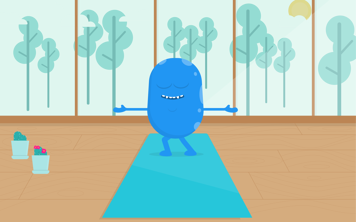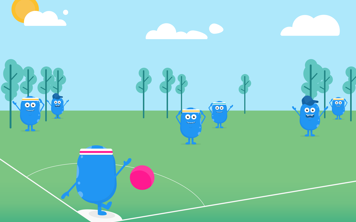Think about how you spend your days. Do you have a lot of downtime (time spent sitting or lying down)? Do you have a lot of uptime (at least 30 to 60 minutes a day spent moving, for instance walking, doing chores or playing sports)?
More uptime during the day helps most people with sickle cell pain feel more able to take part in important and enjoyable activities.
If your uptime is low, you can set a goal to increase it. Later, you will figure out which activities may help get you up and moving more.
Why increase uptime?

Regular uptime has several benefits.
- Activity causes the brain to release feel-good hormones called endorphins. These can reduce your stress levels and make you feel happier.
- Regular activity during the day can improve your sleep.
- Regular activity can improve your aerobic or cardiovascular fitness (how your heart and lungs work together).
- Regular activity can improve muscle tone. It can also keep your muscles strong, which can reduce sensations of muscular pain.
Doing activities you enjoy

It is more fun to spend your uptime doing activities that you enjoy! You’ll be more likely to get started with the activities and stick with them over time.
Below is a list of activities. Choose at least three activities that you like to do (whether or not you are able to do them fully right now).
- Biking
- Baseball or softball
- Rollerblading
- Walking
- Running
- Basketball
- Soccer
- Dancing
- Gymnastics
- Tennis
- Exercise equipment like elliptical machine or treadmill
- Pilates, yoga or aerobics
Other activities:






